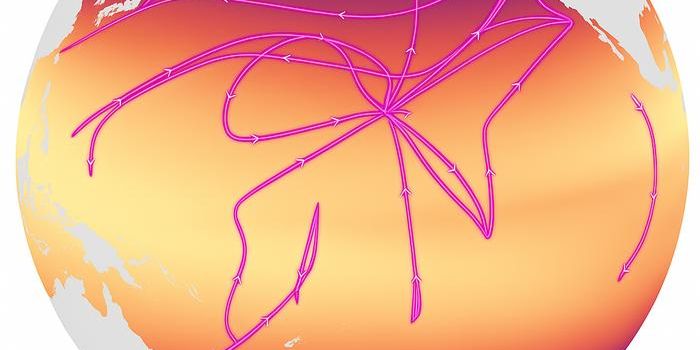Chimpanzees Can Recognize Each Other From Their Butts
When you see somebody you’re familiar with walking past you, you probably recognize them by their face, but Chimpanzees can do that too; but apparently, they can even recognize one another by their rear ends as well.
Published in the journal PLOS ONE, researchers have studied chimpanzees’ recognition behavior and found that they are able to recognize patterns in their fellow chimp’s butts that help them distinguish one from another.
Similarly to the way we process other human faces to recognize other individuals, chimpanzees have the ability to recognize certain pattern properties, such as symmetry and unique features.
Image Credit: Kret et al. 2016
“Chimpanzee females show a swelling and reddening of the anogenital region around the time of ovulation,” the researchers write. “This provides an important socio-sexual signal for group members, who can identify individuals by their behinds. We hypothesized that chimpanzees process behinds configurally in a way humans process faces.”
Notably, the “inversion” effect plays a big role in chimpanzee buttocks recognition as well.
If you’ve ever tried to recognize a face while it was upside down, then you probably weren’t as quick to recognize it was someone you knew as you would have been if it were oriented properly. It turns out this rule also applies to chimpanzees, as they have a harder time recognizing one another’s butts when they’re upside down rather than in the proper orientation.
So why do humans use faces to recognize one another and chimpanzees use butts? It still remains a question of circumstance, but the researchers believe it could have something to do with evolution.
“The findings suggest an evolutionary shift in socio-sexual signaling function from behinds to faces, two hairless, symmetrical and attractive body parts, which might have attuned the human brain to process faces, and the human face to become more behind-like,” the researchers continue.
It's definitely interesting to think about how the buttocks regions of the chimpanzee might be used a recognition device in the same way the face is for humans, but is evolution really the answer behind why we as humans are such face-oriented creatures in comparison? More research may help us answer that question.
Source: Science Daily










